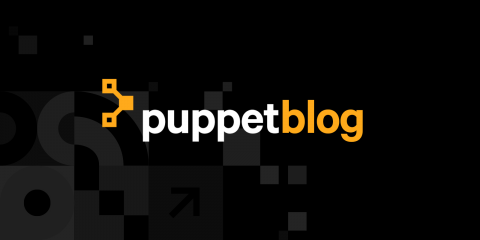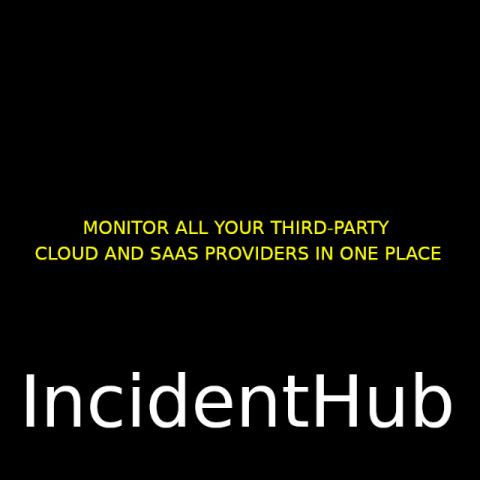Extending Microsoft Teams and M365 platform to accelerate mission-critical workflows in defense, government and vital services at scale
In Mattermost v10.0, accelerate your enterprise workflows and bolster resilience with a collaboration hub that integrates people, processes, and technology for mission-critical work.











